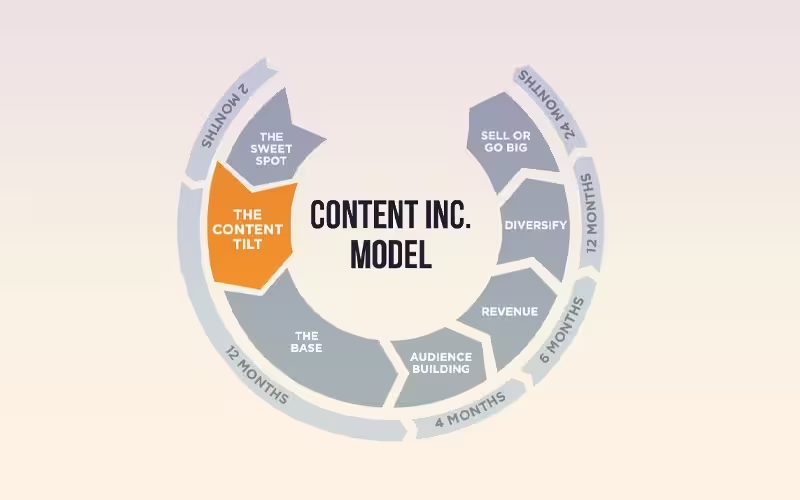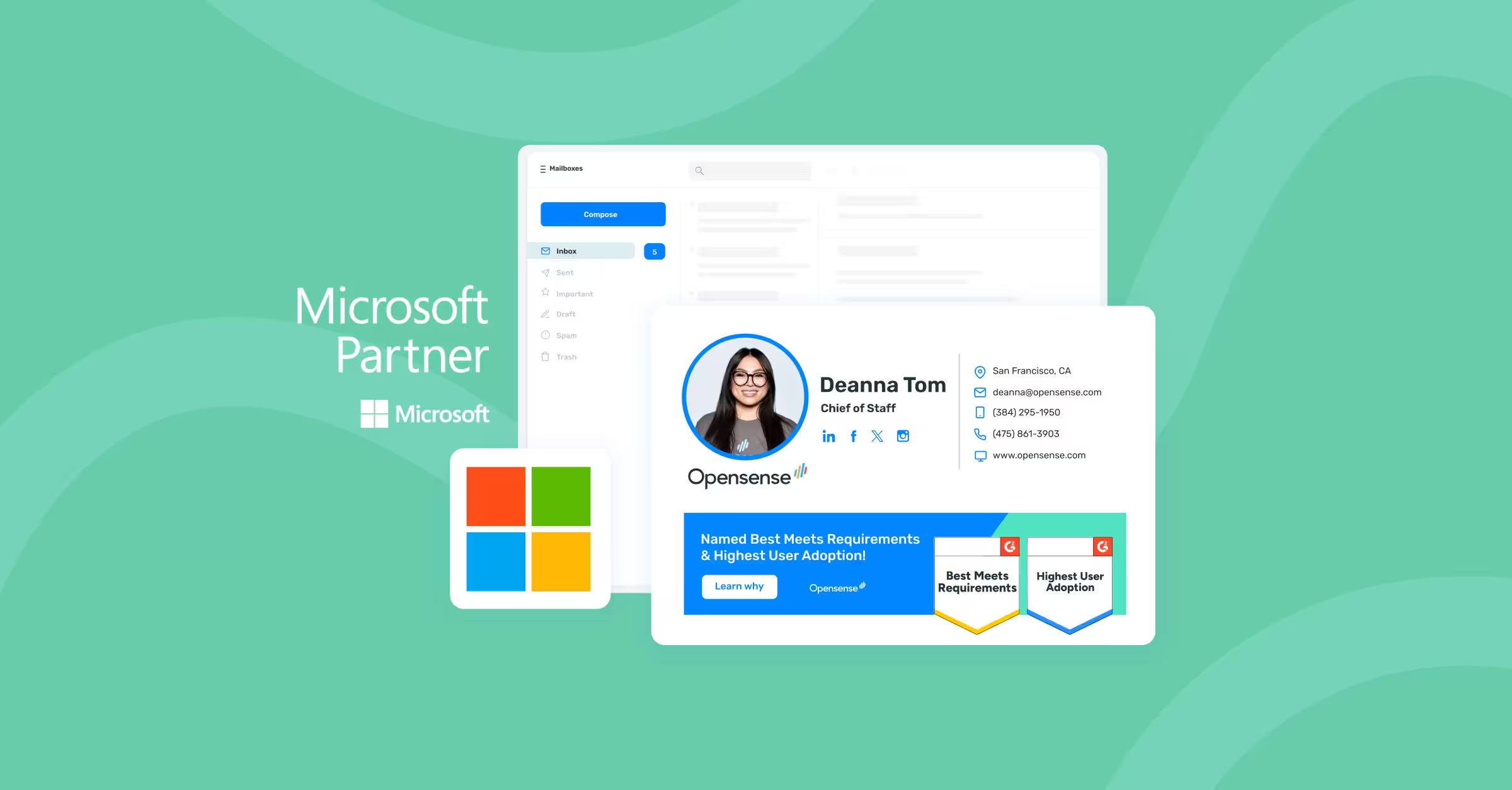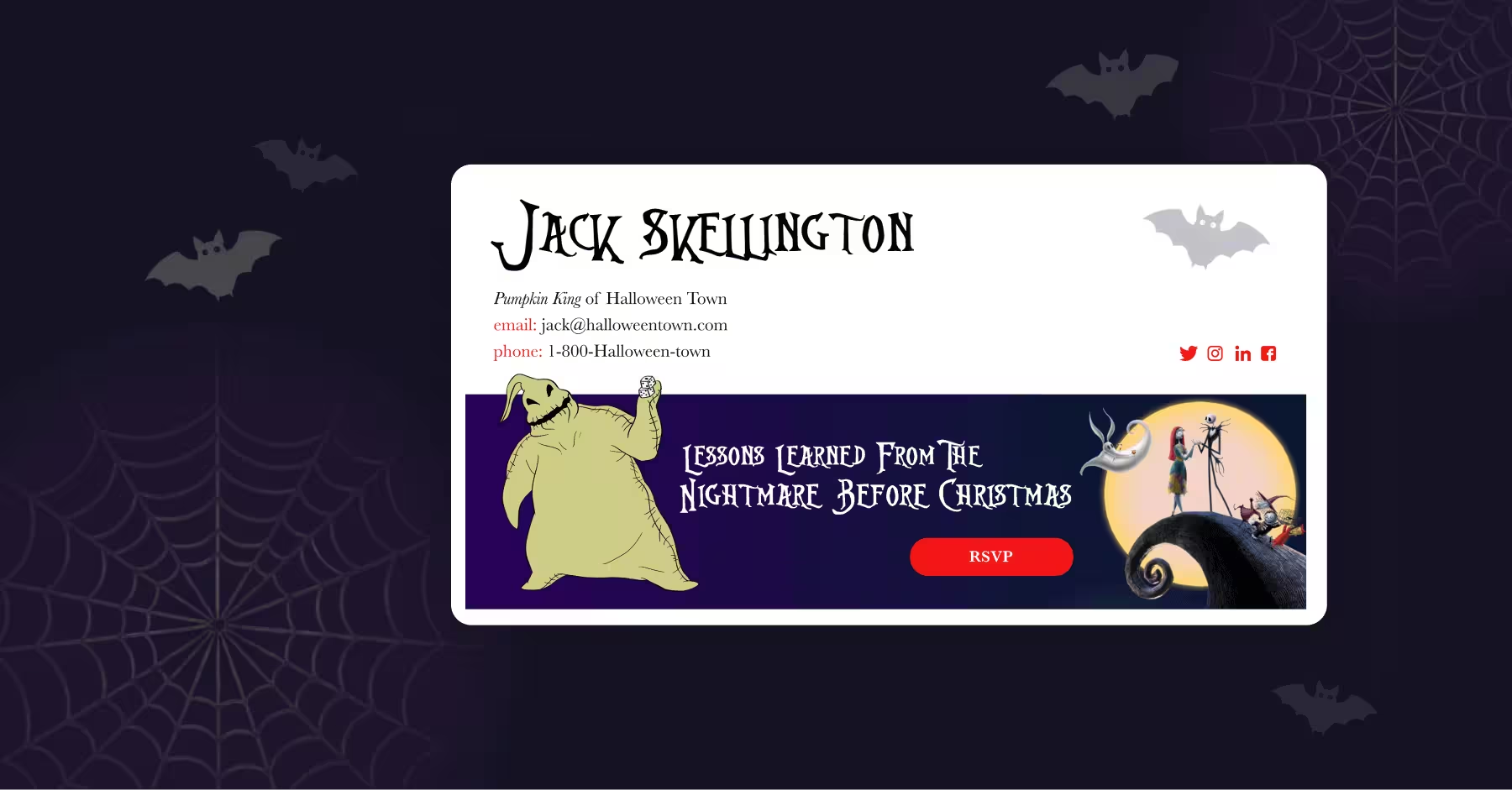
Steps to Build a Successful Long-Term Content Model
Content marketing is replacing traditional marketing strategies in business. The vast majority of marketers, including giants like Cisco Systems and Microsoft, are taking advantage of the features content marketing has over traditional marketing.
Even small businesses and one-person shops are using content marketing today.
Content marketing is about storytelling, and people always want to hear a great story behind a brand and products they like using. It creates a more intimate relationship between a brand and its consumers.
What is Content Marketing?
Content marketing is a strategic marketing technique that primarily focuses on producing quality content, which delivers valuable, relevant, and consistent information that can attract and engage a specific audience and, eventually, generate lucrative market action.
Regardless of the marketing strategy you use for your business, quality content is an integral part of the process, and content drives the marketing strategy.
For instance, in SEO marketing, search engines favor businesses that publish quality content on their websites.
Content marketing is more about educating the visitors than selling to them. Businesses that use content marketing include educational articles, webinars, videos, and e-books that address specific issues and provide customers with the information they can't get anywhere else.
Benefits of Content Marketing
There are four main reasons any business should switch to content marketing.
1. Increased Sales

Content marketing will drive more traffic your way and potentially boost the sales you make. Google will reward you with higher positions in the search engine results pages to create relevant material answers searchers' questions. This puts you in a position to get more visitors who could convert to paying customers.
2. Cost Savings
Content marketing cuts costs and helps businesses achieve results by enhancing or replacing the traditional initiative with the content initiative. For instance, from a "subscription" standpoint, this is harnessing the power of an opt-in audience to produce better or more effective performance from the business’ commercial activities.
3. Increased Customer Loyalty

When your brand offers what your customers need, they will keep coming back for more. Your helpful content provides your visitors with a collection of tools to help them navigate their particular interests or problem.
Paired with an exciting brand personality, people will become invested in your brand and grow to love it.
4. Content as A Profit Centre
When a company's marketing department generates demonstrable revenue, it is referred to as profit-center marketing. Profit centers are so termed because they have a measurable impact on profit generation, traditionally considered a sales function.
Content marketing as a profit center is about finding the right leads and moving them further into the revenue funnel.
Profit-center marketing allows salespeople to spend less time "knocking on doors" of customers who aren't interested. Before handing over leads, marketing has already warmed them up.
7 Steps to Build a Successful Long-Term Content Model
Having a great content strategy in place can put your business ahead of your competitors.
A content model represents organized material that displays the many types of content and their relationships. When discussing what information has genuine value to the organization and at what cost, content categories are an essential part of the shared vocabulary across business, creative, and technology teams.
1. Determine the Content Area
The first step in your content modeling process is finding a strategic sweet spot. The sweet spot is the content area that combines your brand expertise with your customers’ interests.
The strategic sweet spot is the area where you can differently serve client needs better than your competitors. This is where your brand matches client wants in a way your rivals can't, given the context in which it competes.
Picking just one content area is easier said than done, especially for any decent-sized company.
Each product manager desires that attention be drawn to the issues that surround their product. The content creator is forced to produce material for various subjects and campaigns and develop content for other product managers.
You can’t deliver the best content in this way since there is no focus. Strategy is about making choices.
The sweet spot for a larger company is the junction of outstanding expertise or a unique skill set with a well-defined client pain point.
Start by making a list of the areas in which your company has a skill set or knowledge area that is larger or better than the average competitor.
Then you have to identify the customers’ pain points. You have to identify the customer and choose one audience persona. You may feel that choosing only one will leave others out, but the content won't be as relevant as you want if you don't choose.
You should then list the critical pain points for your audience and select the one you want to address. It would be best to talk to your sales team, engineers, and customer service team to get the correct information.
2. Content Tilt

The content tilt is that sweet spot that has little to no competition. It's your fresh take on your content niche that gives you the chance to strike, lead, and eventually own the content area.
You risk melting into the background and being forgotten if you don't "bend" your material just enough to convey a genuinely unique story.
Ask yourself whether you can be the leading information provider in the content niche you choose. If not, you need to drill deeper and find the appropriate angle for your brand.
3. Content-Base
Once you’ve chosen a content area and content tilt, you need to find a platform and build a base. Before you start building your content base, you need to work on a plan to grow a community of loyal fans that value what you have to offer.
This is accomplished by regularly producing valuable material through a single channel like a blog, a podcast, YouTube, or any other social media platform.
According to top social media marketing agencies, the trick is to avoid diversifying too quickly. Avoid creating multiple platforms simultaneously to share your content. It can be hectic and will probably not grow as fast as sticking to one for a while.
4. Building an Audience

This is where you go from getting attention to keeping it. The ultimate challenge of becoming a great content publisher is maintaining an audience by delivering so much continual value that people will naturally seek out your work and become devoted consumers.
It would help if you lay the groundwork for building deeper customer relationships. What would make your one-time brand visitors become a subscriber?
There are tools to create awareness available. You can use social media in conjunction with predictive tools to know which content you should publish more. To grow your audience, you should retarget those who visited your site at least once. You can also encourage them to join your emailing list for more personalized content.
5. Revenue Model
Once you reach this stage, you have enough subscriber data to discover a variety of revenue-generating possibilities. This might be anything from consultancy to holding events.
You could sell sponsorships to support your costs and keep Content Marketing Institute afloat. You can then expand your sales technique to include webinars, live events, and print advertising.
You have ten options to make revenue once you've built a dedicated audience, including six direct revenue sources like a media corporation and four indirect revenue sources like growing better customers.
6. Diversify Content
Once you have created a solid loyal customer base, it's time to diversify your mainstream base and build brand extensions. Long-term, you can't risk concentrating all your content marketing on one platform. Trends change, and sometimes your consumers may stop consuming content on a specific platform.
Diversifying your platforms can get you more customers and keep those you have for longer. Some platforms you could use include Instagram, blogs, podcasts, news sections, YouTube, and direct mails.
Create a plan that describes each channel's goals as part of the process of diversifying your content marketing. For example, you could solely use Twitter to attract visitors to your blogs.
7. Sale

Here, content marketers seek to go big through natural expansion and acquisitions. If you're a content entrepreneur, you can expand your brand, start a lifestyle business, or sell your assets. You can begin with other dedicated content areas that span from your prominent sweet spot and grow as you go.
To Sum Up
Content is the present and the future for marketing. If you haven’t, you should jump on board and enjoy the cost-saving benefits it offers.
If you are looking for short-term results, this model may not be for you. But if you want to build content assets that will go a long way for your brand, you’re in the right place.


.svg)



.svg)



